Rare Rides: The 1992 Daihatsu Leeza Spider, It's Tearing Me Apart

Oh hi, Mark. Today’s Rare Ride is a very rare version of Daihatsu’s Leeza Kei car. It’s tiny, turbocharged, and one of only 200 made.
No more The Room jokes, I promise.
Daihatsu launched its Leeza in 1986, as the second model entrant in its contemporary kei car lineup. Prior, Daihatsu had offered only one Kei at a time. That strategy dated back to the Fellow of 1966, which was eventually renamed Mira in 1981.
The Leeza was intended as a more stylish alternative to the Mira, with which it shared some components and a platform. It was more limited in configuration than the Mira, and was offered only as a three-door hatch for the vast majority of its run. And though the hatchback was shaped like a fun “coupe,” most earlier examples sold were considered utility vehicles. Due to Japanese tax regulations, the rear seats installed at the factory were temporary, and there were cargo tie-down points at the rear. Those two features meant Leeza qualified as commercial transportation and thus lesser taxation.
Engines were smaller for the first part of production and included 550-cc three-cylinder mills in naturally aspirated and turbocharged guises. Fitted with carbs, those engines produced either 32 or 50 horsepower, respectively. Leeza saw an update for 1990 when Kei car regulations were altered. It grew in size very slightly and gained new, larger engines. Still inline-three configuration, the 660-cc plants were again offered in naturally aspirated and turbocharged versions. More displacement meant 50 standard horses and 64 with the turbo. Early models used a four-speed manual or two-speed auto transmission, which was upgraded later to a five and a three.
After its low-power and utilitarian beginnings, Daihatsu started to play around with trims, performance modifications, and standard equipment. This was caused largely by the loss of advantageous commercial taxation, as that particular regulation was disallowed. Daihatsu created special editions targeting women (ChaCha) and racer types (Club Sports). And then, along came a Spider.
It debuted in Japan in 1991, as a show car called FX-228. When it entered production late in 1991 it was renamed the Leeza Spider and was available only with the turbocharged 660-cc engine. The Spider was built alongside the standard Leeza through 1993, at which point the model was canceled. Leeza’s hatchback customers were directed to the more modern Opti that debuted in ’92, but the Spider did not see a replacement. In total, just 200 Spiders were produced.
Today’s Leeza is located in Middlesbrough, which is far north of Downtown England. In excellent condition, it asks $10,855. Pictures at the link.
[Images: Daihatsu]

Interested in lots of cars and their various historical contexts. Started writing articles for TTAC in late 2016, when my first posts were QOTDs. From there I started a few new series like Rare Rides, Buy/Drive/Burn, Abandoned History, and most recently Rare Rides Icons. Operating from a home base in Cincinnati, Ohio, a relative auto journalist dead zone. Many of my articles are prompted by something I'll see on social media that sparks my interest and causes me to research. Finding articles and information from the early days of the internet and beyond that covers the little details lost to time: trim packages, color and wheel choices, interior fabrics. Beyond those, I'm fascinated by automotive industry experiments, both failures and successes. Lately I've taken an interest in AI, and generating "what if" type images for car models long dead. Reincarnating a modern Toyota Paseo, Lincoln Mark IX, or Isuzu Trooper through a text prompt is fun. Fun to post them on Twitter too, and watch people overreact. To that end, the social media I use most is Twitter, @CoreyLewis86. I also contribute pieces for Forbes Wheels and Forbes Home.
More by Corey Lewis
Latest Car Reviews
Read moreLatest Product Reviews
Read moreRecent Comments
- Kwik_Shift_Pro4X Poop or get off the pot.
- TheMrFreeze The wife unit and I refuse to buy a white/black/grey/silver car...life's too short for boring. As it happens we both drive orange cars right now but slightly different shades. Total coincidence, just happened that the used cars we found that met our requirements (ie: manual trans and at least some amount of character) both happened to be orange. My previous daily driver was orange as well, again total coincidence...they just seem to find us I guess...
- Marcus36 In other words...."WE have no idea what we are doing"
- Donald This is what happens when you make your wife CFO. This is all the result of accounting problems. And could’ve been avoided with a reserve of liquidy.
- Rochester When I was young, a number of girls I dated wanted to own a Jeep. I didn't understand (and don't like them myself), but it was certainly something. So good for Jeep leaning into that.


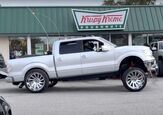















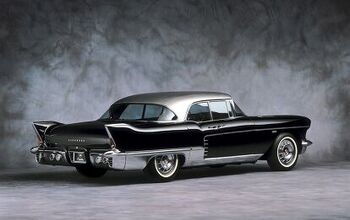
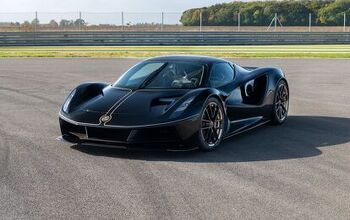
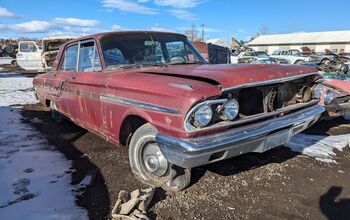
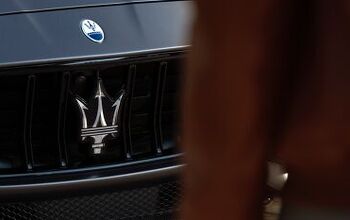
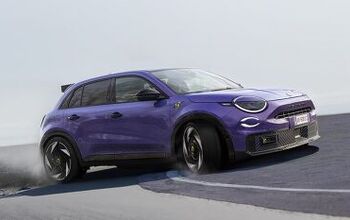
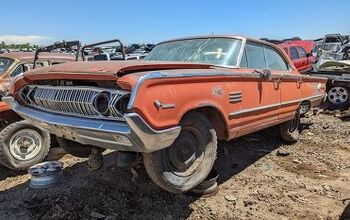
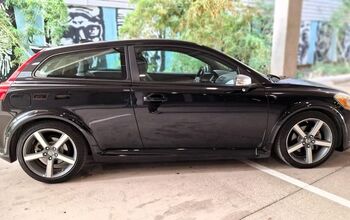
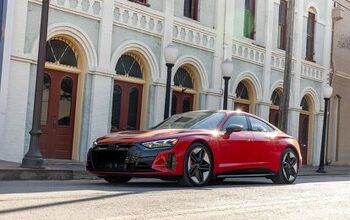



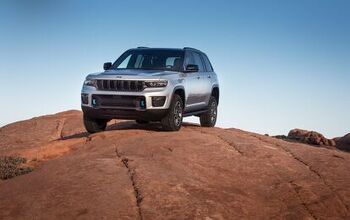
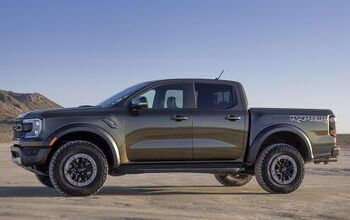
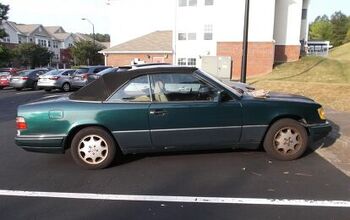


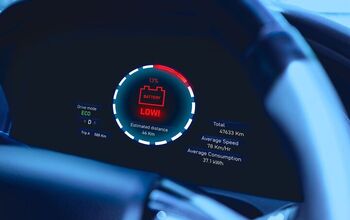
Comments
Join the conversation
How ironic this post was made today. I just sold my 1988 Daihatsu Charade this morning. With only 56k miles and in pristine condition, it seriously tore me apart to see it go. It was a perfect representation of how solid and over-engineered anything made in Japan was at the time. As far as the Leeza Spider, it's not their best work. It's cute but in an awkward way. It'd be fun just scoot around town in and start a few conversations
Love THE ROOM references and totally got it from the title. SCOTCHKA for everyone!